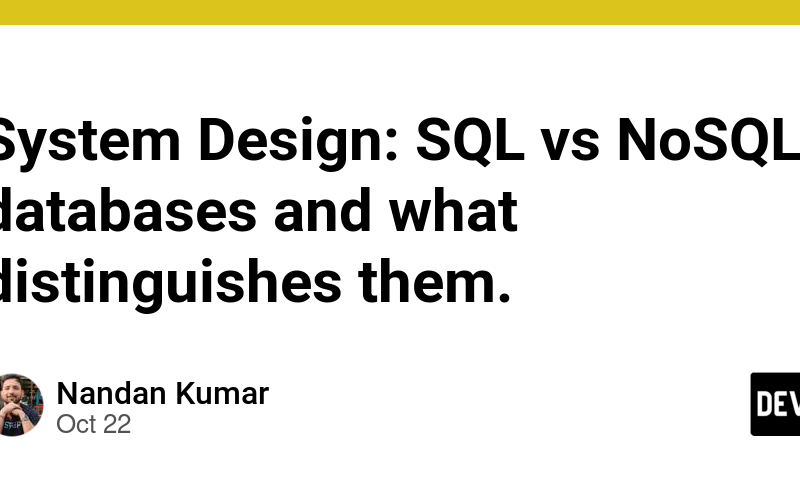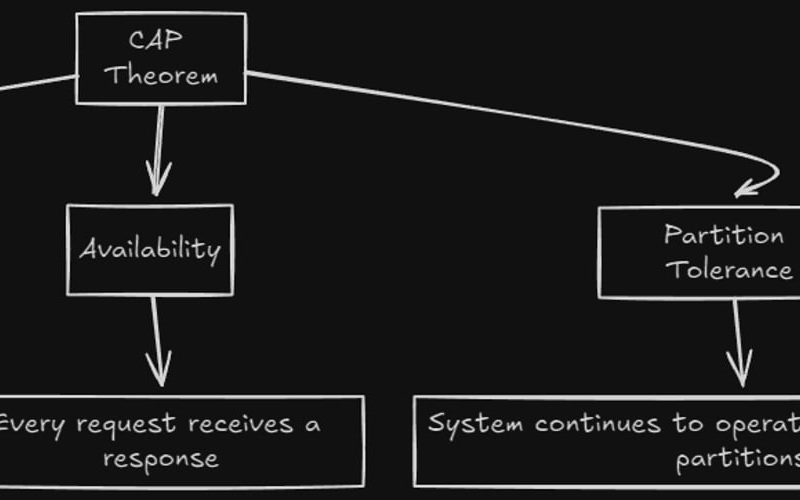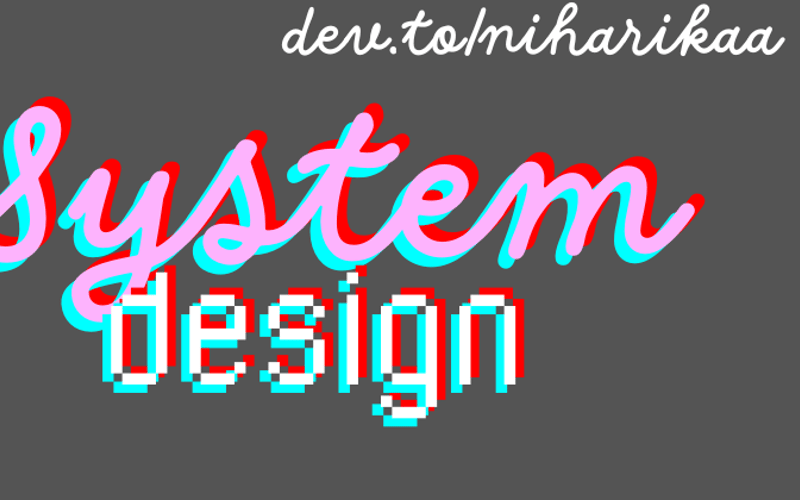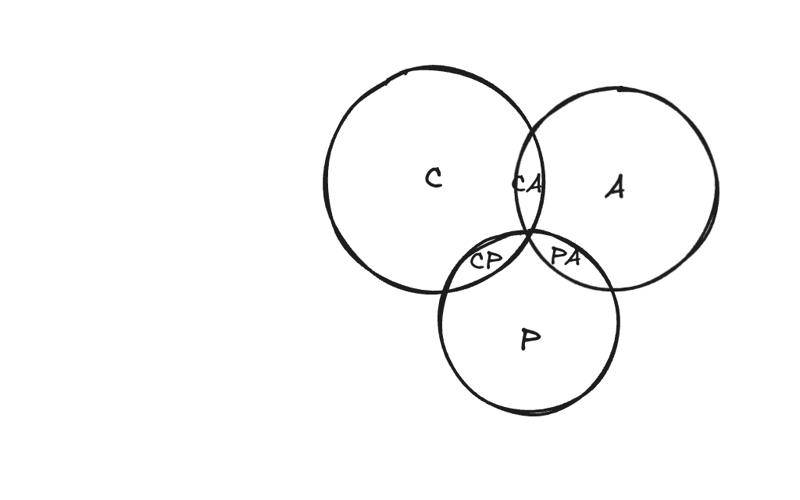25
Oct
Disclosure: This post includes affiliate links; I may receive compensation if you purchase products or services from the different links provided in this article. credit - exponent Hello friends, if you want to learn Software Architecture and System design in 2025 and are looking for the best resources then you will be happy to know that I will share the 8 best Udemy courses to learn System Design and Distributed System Architecture for 2025. If you are preparing for technical interviews for a Software Engineering job, you may be aware of Software or System design. It is one of the…










